Best Enterprise Feedback Management Software
An Introduction to Enterprise Feedback Management
Successful companies are doing more than gathering data from customer satisfaction surveys. They are making an investment in shaping a customer’s expectation and experience with their product or service by putting into place large-scale systems that can gather, analyze, and act upon feedback from customer interaction in an increasingly faster manner.
Enterprise Feedback Management (EFM) refers to the organizational-wide managing of feedback from customers on the experiences they had with the company’s products or services. Customer Experience Management (CEM), refers to the ability an organization has to create and fulfill the customers expectations of a company’s products or services.
EFM is a tool for CEM.
Goals of Enterprise Feedback Management
- optimize the ability of an organization to collect data and take action in a timely manner
- provide better customer experiences at every interaction with the company
- centralize the management of customer feedback
- focus on creating actions that drive change – not on collecting tons of data
Key Elements of Enterprise Feedback Management
- feedback collection at every level of customer interaction
- targeted, sample surveys that integrate with “organic” collection of customer information at point-of-contact
- quick response time from collection of data to action on data (ultimately done in real-time)
- enterprise-wide deployment of action items
Getting the customer to have a positive response to a company’s product or service is as important as the product or service itself. In order to make a measurable increase in a customer’s positive response, a managed feedback mechanism must be in place, as well as a mechanism to carry out the recommended actions that the system produces.
VERINT
Powering Actionable Intelligence | Verint Systems. Capture, analyze and act on the Voice of the Customer across all channels with Verint Enterprise Feedback Management.
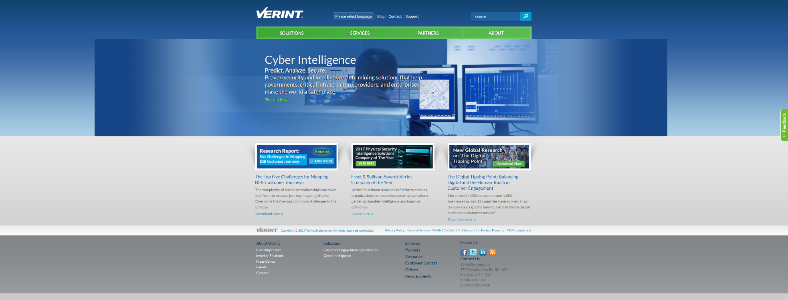
VERINT
QUALTRICS
The Leading Research & Experience Software | Qualtrics. One of the most outstanding differences that separates the Qualtrics Research Suite from other online market research tools is its ability to be used by entire organizations.
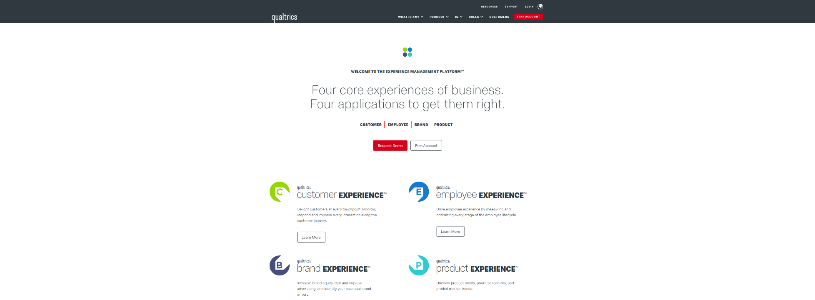
QUALTRICS
SURVEYANALYTICS
Enterprise Survey Software – Enterprise Feedback Management. A suite of interconnected and easy-to-use information collection and analysis tools, including online surveys, mobile data collection, advanced analytics and data visualization.
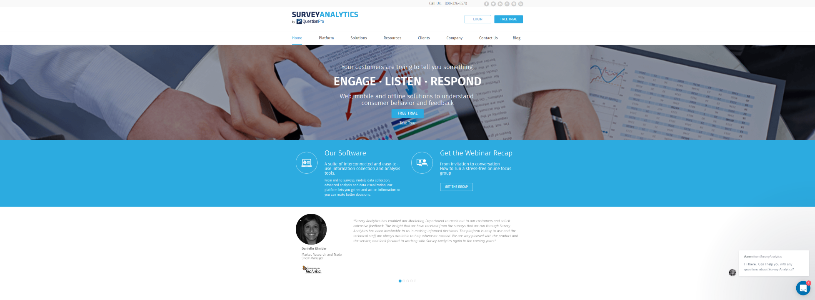
SURVEYANALYTICS
MARITZCX
MaritzCX | Customer Experience Software and Research. MaritzCX provides Customer Experience software (CX) and research to help you respond to the Voice of the Customer instantly through our CX Platform.

MARITZCX
KINETICDATA
Kinetic Survey is an award-winning Enterprise Feedback Management (EFM) system.
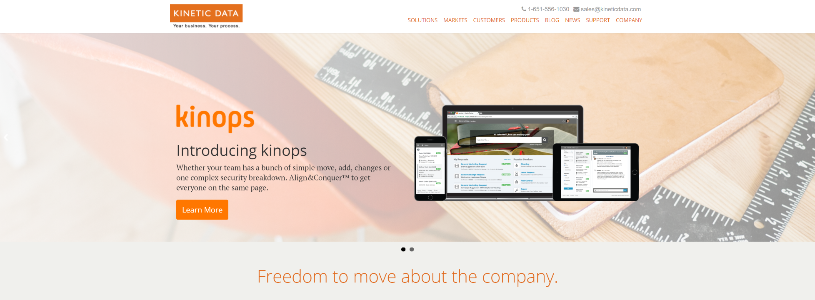
KINETICDATA
ESURVEYSPRO
eSurveysPro is a revolutionary new tool to create and publish custom surveys in minutes, and then view results graphically and in real time.
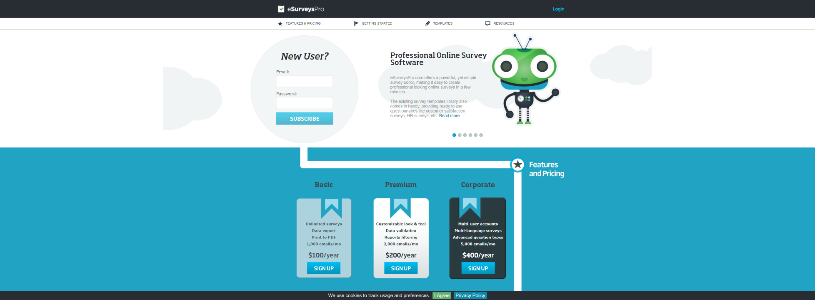
ESURVEYSPRO
INQUISIUM
Online Feedback Platform & Web Survey Software | Inquisium. No one does enterprise feedback management like Inquisium. Serious survey and feedback programs for serious businesses. Start a free trial today!

INQUISIUM
KEYSURVEY
Online survey software & questionnaire tool, survey maker – Key Survey. Key Survey is the industry’s most robust data collection platform that offers the advanced features you need to collect, manage and leverage Enterprise Feedback Data all inside a single solution.

KEYSURVEY
Customer Feedback Innovation—A Case Study
The steps that one company took to go from customer-desired outcome to an actual factory-produced outcome are outlined as follows:
Step 1 – Divide the function of product up into a step-by-step procedure. Invite in a wide range of customers who are familiar with each step of the procedure and interview them.
Step 2 – A moderator asks the customers to describe their desired outcome, not the design of the product, for each step of the procedure. Lots of adjectives are thrown out, like “I would like it smaller”, “thinner”, “not so sticky”, etc.
Step 3 – The customer descriptions are sorted and duplicates are removed. The company now has a complete list of descriptions that the customer values or deems important.
Step 4 – The customer are asked to prioritize each item by placing a qualifying value on how satisfied they are with each modification. These values are fed into a mathematical formula to determine the relative attractiveness of each possibility. These were written in function form, not as a product description.
Step 5 – The company’s design team converts the functional descriptions into product modification, or in some cases, totally new products.
The results are incredible, because of the customer feedback gathered at the input level. The key to this success is to have the customer feedback focus on desired outcome, not desired product.
Personal contact info – slikgepotenuz@gmail.com
Permanent Address :- Montville, NJ
CEO and co-founder at Cloudsmallbusinessservice.com